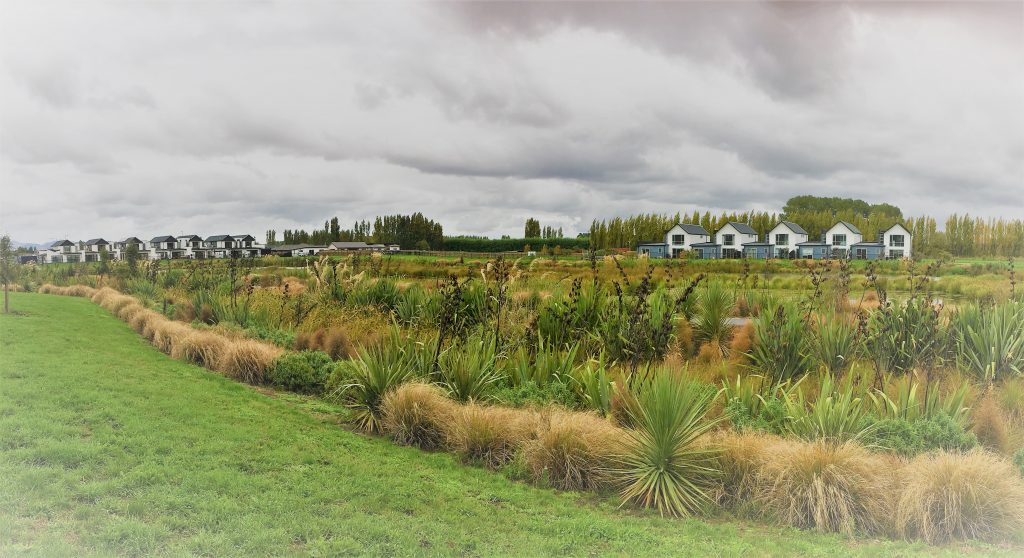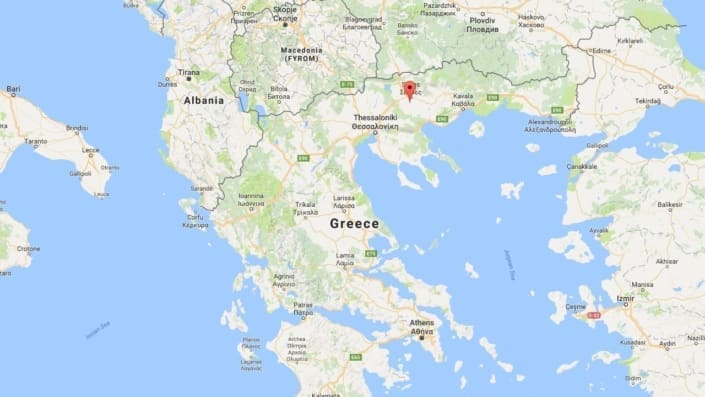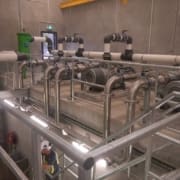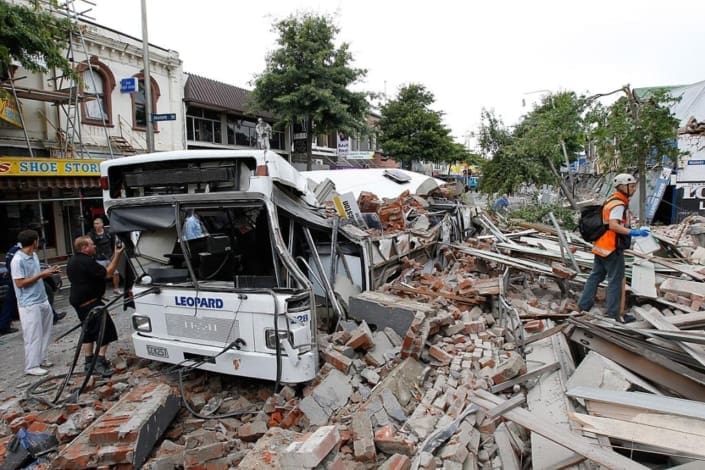Prestons Residential Development Vacuum Sewer
The Flovac Vacuum Pump Station was installed in 2015 to service the Prestons residential development in Marshlands Christchurch and has continued to grow with house sales in the area ahead of schedule.
Every effort has been made by the developer Ngai Tahu to ensure that this medium priced housing development for 8,000 residents is world class.

Environmentally Sensitive Development at Prestons
Right next to the vacuum pump station, the Marshland School for children aged 5-13 has been completed. When Master Planning a vacuum sewer system it is always important to consider that any flows from schools will be interrupted during school holidays and weekends. So to ensure that plenty of air is entering

Marshlands School
the system, especially close to the station the system needs to be tuned correctly or have an automatic air inlet system that can be programmed to take the change into account.
The vacuum sewerage system is the ideal technology for a development like this as it can be very flexible with new additions over time and is resilient to damage from earthquakes. Unlike low pressure pump systems, the only power requirement is at the vacuum pump station, so if an earthquake interrupts power supply the vacuum sewerage network at Prestons will continue to work as there is a back up generator located at the station.
Another resilient feature of the Flovac system is that if any of the vacuum mains break or rupture during an earthquake, the negative pressure in the pipe ensures that no sewage will leak out. A low pressure pump system operates on positive pressure, so if a pipeline breaks sewage will surcharge from the pipe into the surrounding area. In an environmentally sensitive area like Prestons, that could be a disaster.
Another benefit of the vacuum sewer system is its ability to handle high flows into the collection system. A large supermarket complex is being planned in the  neighborhood complete with a Foodstuffs supermarket, cafe’s and restaurants. Already built is a large BP service station which houses a cafe and a Jetwash. The Flovac system handles the commercial premises and can handle any flows from the car washing facility.
neighborhood complete with a Foodstuffs supermarket, cafe’s and restaurants. Already built is a large BP service station which houses a cafe and a Jetwash. The Flovac system handles the commercial premises and can handle any flows from the car washing facility.
On the right side of the BP Jetwash you can see three of the Flovac pillars that house the air vents that are required to admit air into the vacuum sewer. These are connected to three separate valve pits which are served via a splitter to handle the high flows. The pillars will also house the wireless monitoring system that is being rolled out. The monitoring system will alert operators to any valve faults or potential overflows from the pit.
The operators looking after the system have been very happy with the operational benefits and have had very few callouts. As the operators have little to no contact with sewage and have no requirements to enter the property of the residents they see real benefits relative to how the low pressure pumps have performed. Many low pressure pumps are located on the property of the resident and any maintenance often leaves residual sewage on the lawns of the residents.



 Flovac Greece has just completed the largest vacuum sewerage system ever undertaken in Greece covering the towns of Mitrousi and Skoutari in the Serres Region of northern Greece.
Flovac Greece has just completed the largest vacuum sewerage system ever undertaken in Greece covering the towns of Mitrousi and Skoutari in the Serres Region of northern Greece. The Serres region is an environmentally important area which won a European sustainable tourism award for aquatourism. A large artificial lake, Lake Kerkini was created nearby to make use of the extensive marshlands in the area. This is also behind the need for vacuum sewers in the villages as the water table is very high and actually visible on the surface in some areas.
The Serres region is an environmentally important area which won a European sustainable tourism award for aquatourism. A large artificial lake, Lake Kerkini was created nearby to make use of the extensive marshlands in the area. This is also behind the need for vacuum sewers in the villages as the water table is very high and actually visible on the surface in some areas.

 It’s a case of one down and 2599 to go at the biggest subdivision in Christchurch.
It’s a case of one down and 2599 to go at the biggest subdivision in Christchurch. In the second stage, Harakeke, 130 of the 230 sections have sold without being officially released to the market. Titles in that stage will be ready for buyers in June next year.
In the second stage, Harakeke, 130 of the 230 sections have sold without being officially released to the market. Titles in that stage will be ready for buyers in June next year. At 203 hectares, Prestons is on a site bigger than Hagley Park. It is next to the Bottle Lake Forest reserve, and the Waitikiri and Windsor Golf Courses.
At 203 hectares, Prestons is on a site bigger than Hagley Park. It is next to the Bottle Lake Forest reserve, and the Waitikiri and Windsor Golf Courses. He believes the geotechnical report that comes with each section is helping attract buyers.
He believes the geotechnical report that comes with each section is helping attract buyers.
 SCIRT partner McConnell Dowell is more than halfway through a big project to build a Flovac vacuum wastewater system in the Christchurch residential suburb of Shirley – the first area of the South Island to use such technology.
SCIRT partner McConnell Dowell is more than halfway through a big project to build a Flovac vacuum wastewater system in the Christchurch residential suburb of Shirley – the first area of the South Island to use such technology. After the earthquakes, the slope changed in many parts of the city, so wastewater was running in the wrong direction. The Flovac vacuum system will offer much greater resilience if there are further large earthquakes, especially in areas considered prone to liquefaction.
After the earthquakes, the slope changed in many parts of the city, so wastewater was running in the wrong direction. The Flovac vacuum system will offer much greater resilience if there are further large earthquakes, especially in areas considered prone to liquefaction. Wastewater will arrive at the Shirley catchments new pumping station, on Golf Links Road, from small collection chambers, usually located on the grass berm of a street, each serving up to four properties. The only visible parts in most streets will be collection chamber lids and man-holes at ground-level, while vent stacks will sit against property boundaries.
Wastewater will arrive at the Shirley catchments new pumping station, on Golf Links Road, from small collection chambers, usually located on the grass berm of a street, each serving up to four properties. The only visible parts in most streets will be collection chamber lids and man-holes at ground-level, while vent stacks will sit against property boundaries. Like in other parts of the city, wastewater from the new pumping station will go via the normal gravity system southeast to the wastewater treatment plant at Bromley.
Like in other parts of the city, wastewater from the new pumping station will go via the normal gravity system southeast to the wastewater treatment plant at Bromley.